What is a Disease?
Any undesirable deviation from an organism’s normal physical or physiological condition is referred to as a disease. Diseases usually have specific signs and symptoms and are different from physical injuries in nature. A diseased organism often displays symptoms or signs of its abnormal condition. Thus, it is essential to understand an organism’s normal state to identify disease symptoms.
Most diseases are communicable; they can transfer from one person to another by vectors, contaminated food, drink, or air, among other means. Microbial agents use different mediums to spread from an infected individual to a non-infected person. Since they are spread through contact, they are known as communicable diseases. According to medical records, there are over 20,000 diseases that affect millions of individuals each year.
This article will discuss communicable diseases, their characteristics, types, symptoms, and how to prevent them.
Table of Contents
- Communicable Disease Definition
- Characteristics and Causes
- Types of Common Communicable Diseases
- Treatment and Prevention
- Frequently Asked Questions (FAQs)
Communicable Disease Definition
A communicable disease can be transmitted from one person to another in several ways, such as contact with blood or body fluids, inhalation of an airborne virus, or insect bites.
Infection, presence, and development of pathogenic biologic agents in a specific human or animal host are the causes of communicable diseases, commonly referred to as infectious or transmissible diseases. Infections can vary in severity from mild and asymptomatic (without any symptoms) to acute and lethal. Infection differs from infectious diseases in that some infections do not result in illness in the host.
Communicable diseases are caused by pathogens, which include bacteria, viruses, fungi, and protozoa.
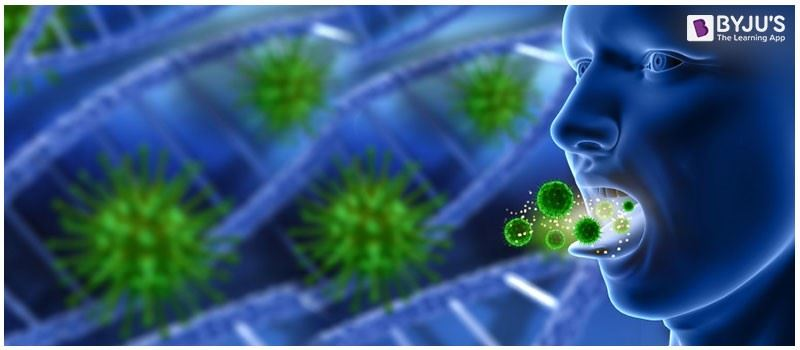
These biologic agents can be spread in several ways, such as through immediate physical contact with an infectious person, eating or drinking contaminated food or beverages, coming into contact with contaminated body fluids or inanimate objects, inhaling them, or getting bitten by an insect or tick that is carrying the disease.
Symptoms of Communicable Disease
A pathogen usually starts reproducing as soon as it enters the human body. The person may then start showing symptoms.
The disease will determine the specific symptoms. Some individuals won’t have any symptoms. But they still have the ability to spread the disease.
Some signs and symptoms directly affect the pathogen affecting body cells. Others result from the reaction of the immune system to the disease.
Some communicable diseases could be minor, with short-lived symptoms. However, some of them can be critical and even fatal. Depending on a person’s overall health and immune system, the severity of their symptoms might change.
Also, Read:Diseases Communicable Non Communicable
Characteristics and Causes
Characteristics of Communicable Disease
- Communicable diseases are primarily caused by bacteria or viruses that people can contract from one another by touching contaminated objects, using contaminated blood items or other body fluids, being bitten by an insect, or by the air.
- Faecal-oral transmission, food transmission, sexual contact, insect bites, an encounter with contaminated Formica, droplets, or dermal contact are the most typical modes of transmission.
- HIV, hepatitis A, B, and C, measles, influenza, coronaviruses, and blood-borne infections are a few examples of communicable diseases.
- Hepatitis, in particular, is a type of communicable disease that spreads via the oral-faecal route.
- Because nurses are involved on the front lines, they are in a strong position to quickly diagnose communicable diseases and identify infectious microorganisms before they spread.
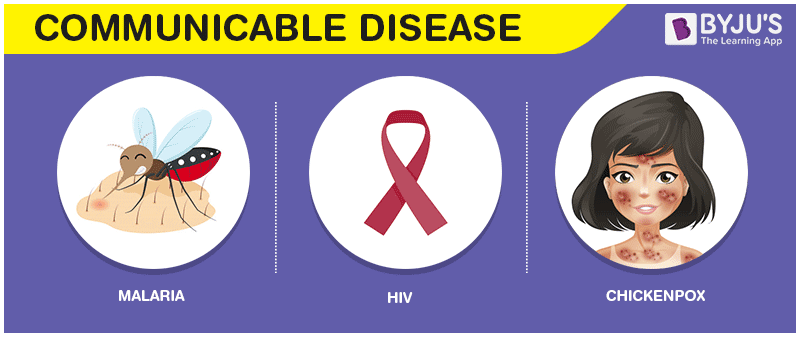
Causes of Communicable Disease
Following infection by the pathogen, a person may get a communicable disease. This could occur by way of:
- Physical touch with a pathogen-bearing individual
- Interaction with pathogen-containing body fluids
- Catching a pathogen through someone else’s cough or sneeze and breathing their droplets
- Obtaining a pathogen-carrying animal or insect bite
- Consuming contaminated food or water
Types of Common Communicable Diseases
Many different agents that enter our bodies from the outside are the source of communicable diseases. Among these, viruses, bacteria, fungus, and protozoa are the four main categories of pathogens that cause disease.
Bacteria: They are microscopic, single-celled organisms. Bacteria can be found practically everywhere on Earth, including inside humans.
Many bacteria are beneficial, and some even support bodily functions. However, bacteria can also result in infections that harm the body.
Viruses: Viruses are microscopic pathogens with genetic material. They lack the intricate cell structure of other diseases.
They must penetrate the cells of other living things in order to reproduce. Once inside, they duplicate themselves using the components of the host cell.
Protozoa: They are tiny, eukaryotic, single-celled organisms. A few infections caused by the protozoan include malaria and other immune system diseases.
Fungi: Yeasts, moulds, and mushrooms are examples of fungi, a type of organism. There are countless varieties of fungus. However, only about 300 of them are dangerous.
They are parasites with a threadlike appearance that consume other organic material to survive since they cannot produce their food. Athlete’s foot and ringworm are two examples of fungal infections.
Influenza
Infections caused by influenza viruses target the respiratory system. Some symptoms may include:
- stuffy or runny nose
- muscle or body aches
- fever or chills
- headaches
- sore throat
- fatigue
- cough
Tuberculosis
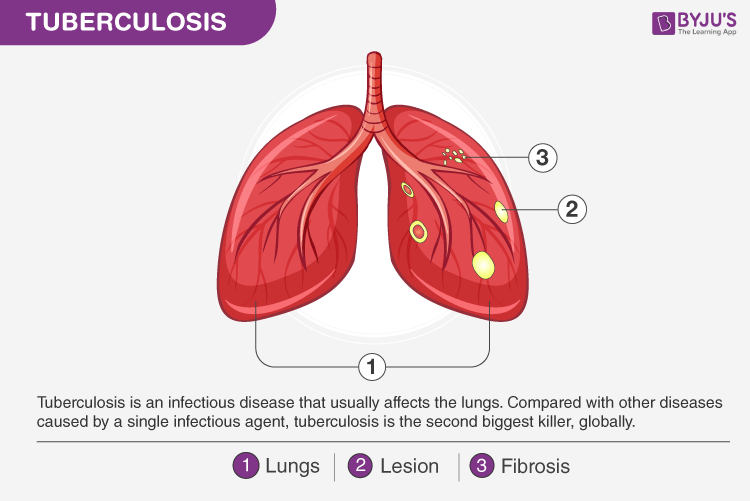
The bacterial infection, known as tuberculosis (TB), mainly affects the lungs. It could lead to any of the following signs:
- a continuous cough for more than 3 weeks
- sudden weight loss
- loss of appetite
- night sweats
- fever and chills
E. coli and Salmonella Infection
The digestive system can become infected by two separate types of non-typhoidal bacteria, Salmonella and Escherichia coli (E. coli). Salmonella typhi, another kind of Salmonella, can also cause typhoid.
Contaminated foods, including raw meat and eggs, unwashed vegetables, and infected water supplies, are the main sources of infection.
The following are a few symptoms of these infections:
- headache
- abdominal cramps
- diarrhoea and fever
Common Cold
Rhinoviruses cause approximately 50% of common colds. There are over 100 different types of rhinovirus. However, other virus types can also induce cold-like symptoms.
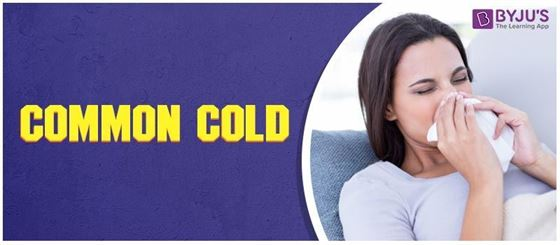
When we contract a cold virus, we will experience the following symptoms within one to three days:
- fever (common in children)
- nasal congestion
- runny nose
- sneezing
- cough and sore throat
- headache
Viral Hepatitis
Hepatitis, or liver inflammation, is caused by several viruses. A virus is the cause of viral hepatitis, which can be acute (lasting less than six months) or chronic (lasting more than six months). Hepatitis’s most typical signs and symptoms include:
- dark urine
- stomach pain
- jaundice (yellow skin or eye whites)
- stomach sickness
- low fever
- loss of appetite
- fatigue
- pale or clay-coloured stool
- joints ache
Lyme Disease
Black-legged ticks can transmit Lyme disease, a potentially dangerous disease, to people. In the US, it is the most widespread disease transferred by carriers.
The majority of cases of Lyme disease are caused by the bacterium Borrelia burgdorferi. However, the infection may also be caused by the bacteria Borrelia mayonii.
Lyme disease symptoms include:
- headache
- skin rash
- fatigue
- fever
Malaria
Malaria is a tropical disease caused by the protozoan genus Plasmodium. Mosquito bites are the primary method of transmission for the parasite.
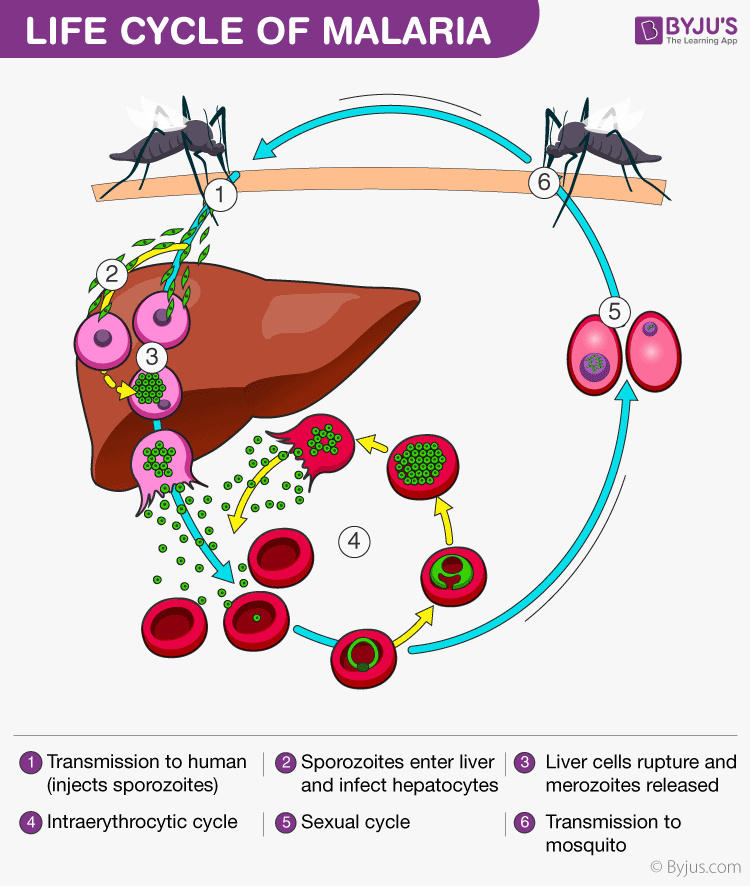
Malaria results in symptoms like:
- muscle pains
- fever and chills
- headaches
- vomiting and diarrhoea
Malaria can be dangerous if it is not appropriately treated. Vaccination programmes effectively prevent malaria deaths.
Treatment and Prevention
There are several basic methods to lower the risk of communicable diseases and even prevent some infections. There is typically no one method that is 100% successful at preventing diseases, even though each helps lower the risk of contracting and spreading communicable diseases. To completely lower the risk, it is essential to have a variety of healthy habits.
Vaccines also lower the risk of contracting communicable diseases by training the immune system to recognise and combat diseases from deadly invaders. While people can contract a disease even after vaccination, their symptoms are typically milder than they would have been without the vaccination.
Bacterial infections can range in severity from moderate to severe. A course of antibiotics may be necessary for someone with a bacterial infection to help control the disease. These drugs can aid in the destruction of germs or their slow growth so the immune system can fight them.
Prescription antifungal drugs and, in rare cases, injectable drugs may be needed for a chronic or severe fungal infection. However, there are numerous mild infections that can be treated with over-the-counter topical ointments, including ringworm and athlete’s foot.
Related Links:
- Difference between Disinfection and Sterilisation
- Human Health and Diseases Class 12
- Microbes and Disease
Main Page:BYJU’S Biology